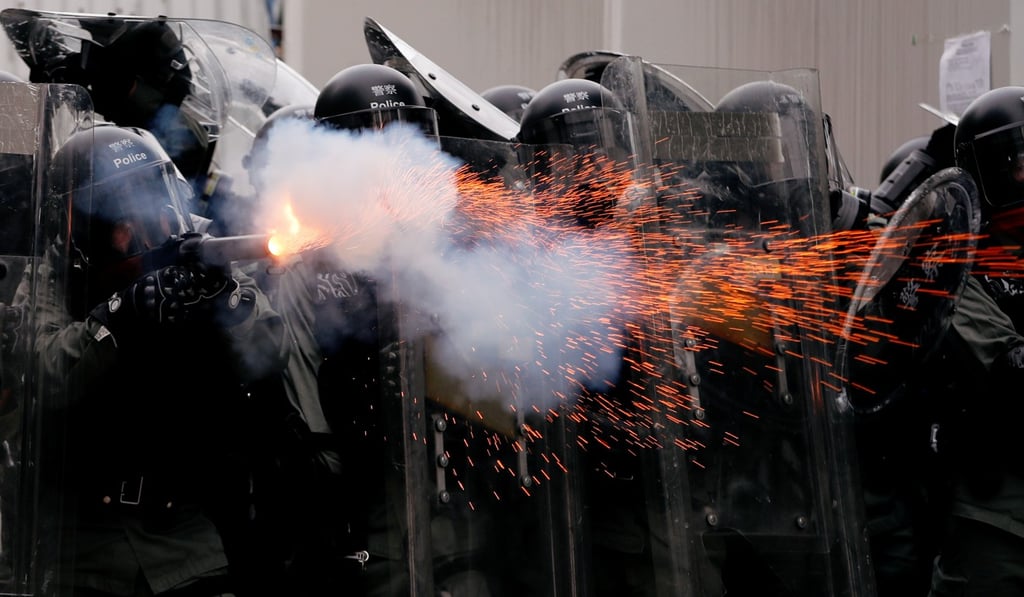From policing to picking clothes, experts say artificial intelligence still has much work to do before it can replace the human touch
- General artificial intelligence, which replicates human intelligence in independent reasoning and decision-making, still far away
- AI being applied to complement humans in labour-intensive actions, or where firms conclusions can be drawn from past data

Technologists have predicted that machines will surpass humans in many complicated tasks in the near future.
Metal will beat flesh in language translation in the next five years, be better at writing high-school essays two years beyond that, excel at driving a truck by 2027 and work in retail service by 2031, according to research by Oxford University’s Future of Humanity Institute and Yale University.
But some tasks will still elude the bots, especially those that require decision-making based on unprecedented information outside the database, or “sealed book” of past experiences that they depend on, according to Wong Kam-fai, a professor in engineering at the Chinese University of Hong Kong and one of the first batch of national experts appointed by the Chinese Association for Artificial Intelligence.

Citing the example of policing a disturbance, AI would have to refer to the “sealed book” to decide whether it can use force, based on the accumulated experience or past data that humans have set for the robot, Wong said in an interview at the AI Summit held in Hong Kong last week.